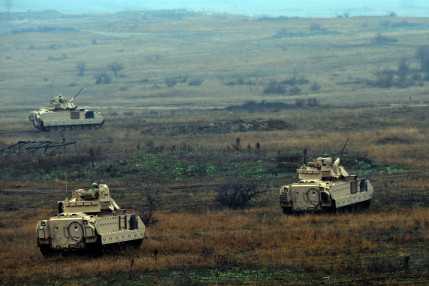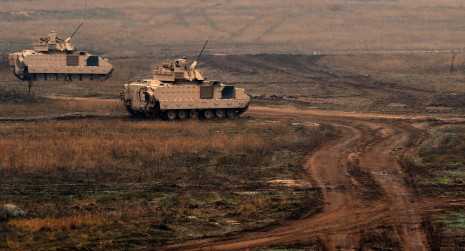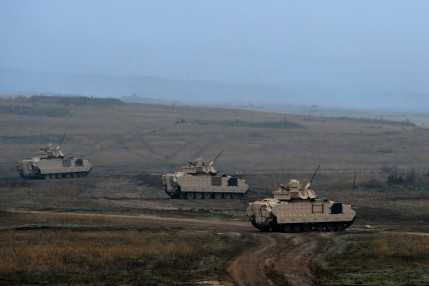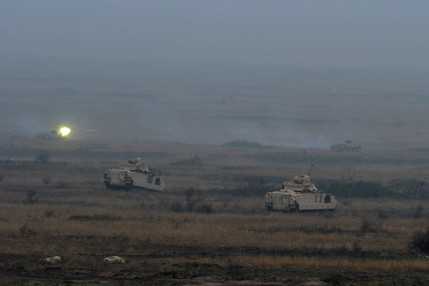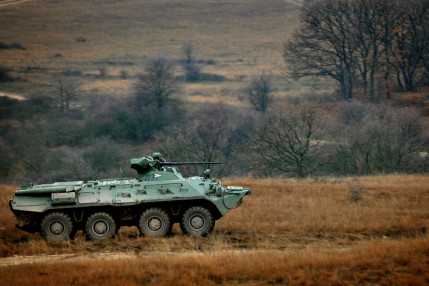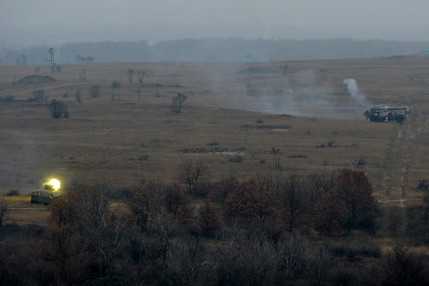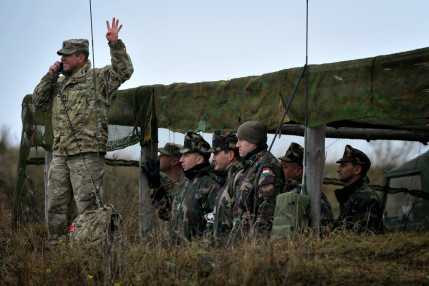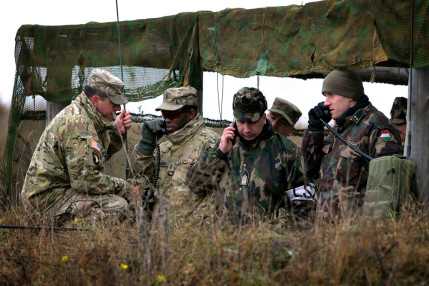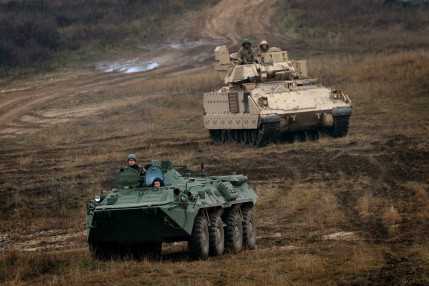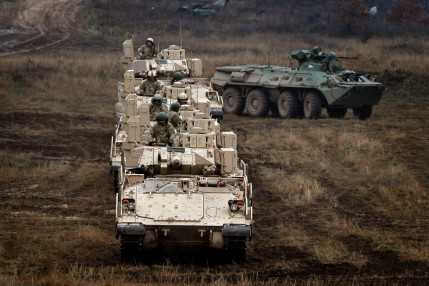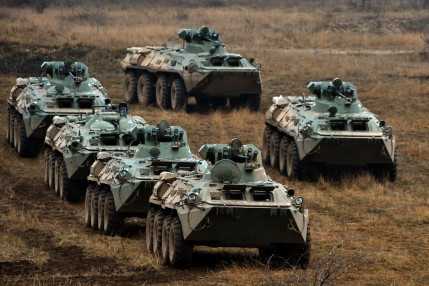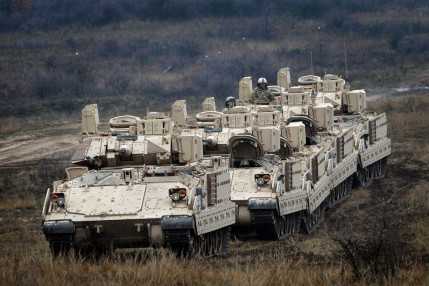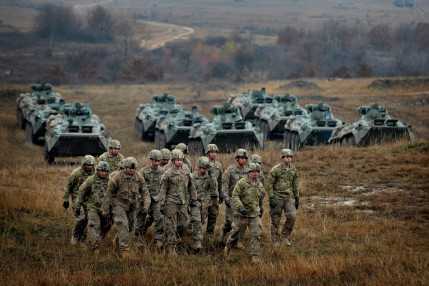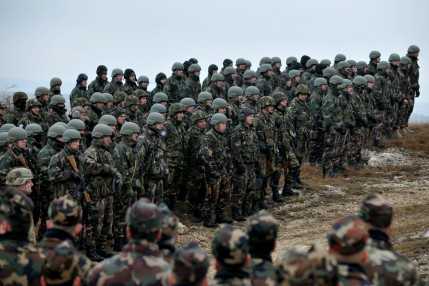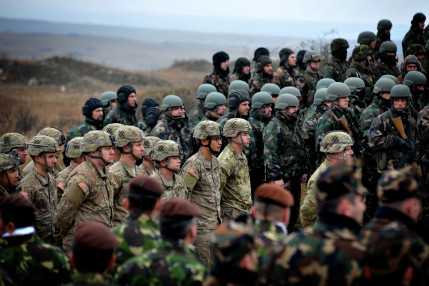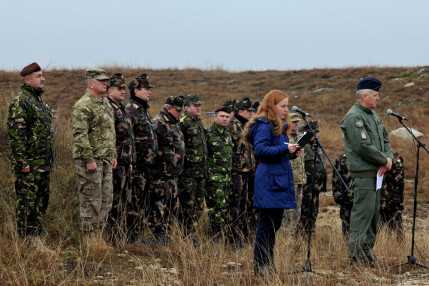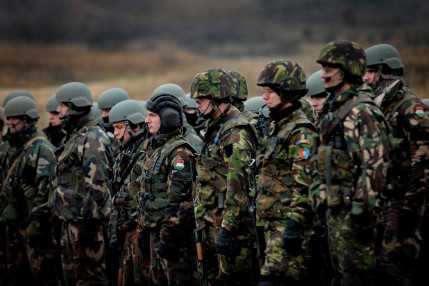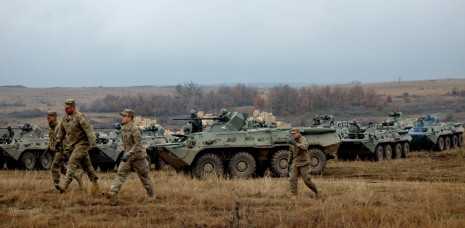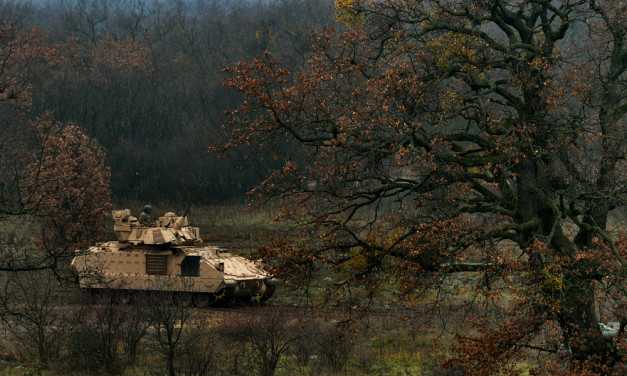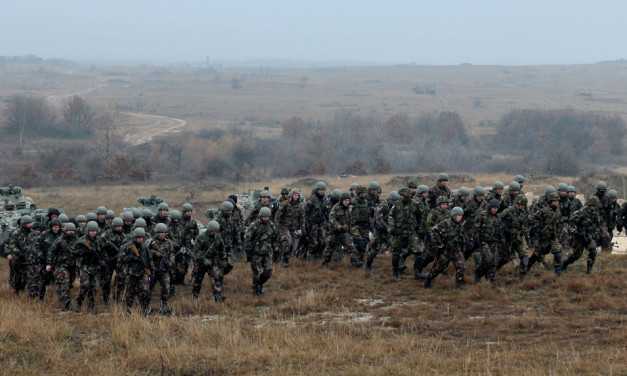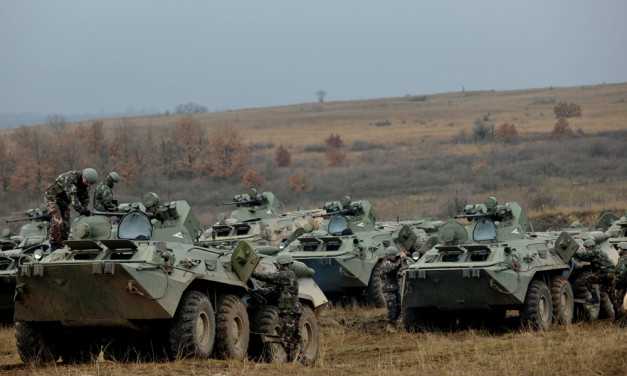Successful Cooperation
Szöveg: Gábor Kálmánfi | 2015. december 10. 9:00Held annually for 18 years now, the Hungarian–Romanian Exercise Wise Foresight has had several novelties this year. With the changing security environment, the participants focused on countering hybrid warfare, and a number of American troops also joined the work of the Hungarian–Romanian Joint Peacekeeping Battalion in the framework of the NATO-level exercise series Operation Atlantic Resolve.
Galéria
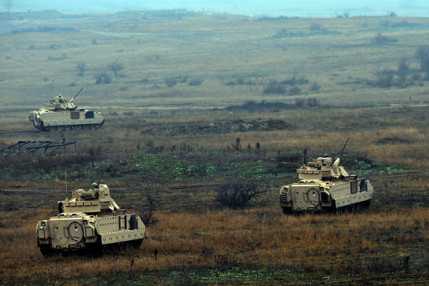
As the first phase of a battalion-level Computer-Assisted/Command Post Exercise (CAX/CPX) and Live Fire Tactical Training (LFTT) within an exchange training program, the US–Romanian–Hungarian joint forces made an assault crossing. The allied forces carried out defensive manoeuvres to repulse the attack of a fictitious enemy, and then launched a counterattack to strike a decisive blow to the enemy, which resulted in its withdrawal.
In speaking about what he had seen, Hungarian Deputy Chief of Defence Lt.-Gen. Dr. Zoltán Orosz thanked the soldiers for their preparedness and called the exercise a success in giving an overall assessment. He emphasized that the long-running cooperation between the partners is very important to the armed forces of the two countries. It was revealed that although Wise Foresight has been the codename for years of the exercises of the Hungarian–Romanian Joint Peacekeeping Battalion, this year the combined unit executed its assigned tasks together with US troops.
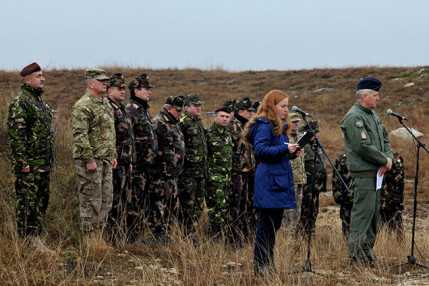
The lieutenant-general added that “in early 2014, the US military created a permanent presence in Central Eastern Europe as an effective security response to the crisis in Ukraine. This presence is realized in the form of episodic training events and exercises, under the name Operation Atlantic Resolve. In adapting to the new challenges arising from the changing security environment, part of this exercise focused on the tactics, techniques and procedures of countering hybrid warfare."
It was stated that a number of US A–10 attack aircraft – which had arrived in Hungary to conduct the joint training event Thunder Cloud 2015 – also joined the closing phase of the exercise. Using these aircraft, the land forces practiced the request of Close Air Support (CAS) and the duties of Joint Terminal Attack Controllers (JTACs ) in a multinational environment. (Unfortunately, owing to the unfavourable weather conditions, the aircraft were not cleared for take-off at Pápa Air Base on the VIP Day.)
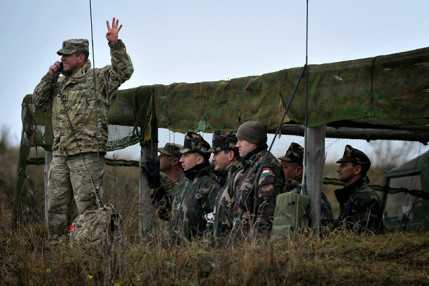
As the closing moment of the exercise conducted with the participation of nearly 400 troops, Lt.-Col. László Fábián, the acting commander of the Hungarian–Romanian joint battalion symbolically handed over command to Lt.-Col. Claudiu Topor (The official change of command ceremony will be held in Arad, Romania on 11 December).
By the documents in effect, the two countries are allowed to contribute a maximum of 500 troops each to the strength of the Hungarian–Romanian Joint Peacekeeping Battalion. Currently the Hungarian module of the battalion (449 personnel) is drawn from the 5/3 “Bercsényi Miklós" Infantry Battalion of the HDF 5th Bocskai István Infantry Brigade, whilst the Romanian module is made up of a total of 449 troops drawn from the 18th “Banat" Infantry Battalion and the Arad-based 191st Infantry Battalion.
Maj.-Gen. Dr. Scarlat Dumitru, Chief of the Land Forces Staff of the Romanian Armed Forces and Brig.-Gen. Timothy J. Daugherty, the deputy commander of the US Army 4th Infantry Division also attended the VIP Day of the exercise.
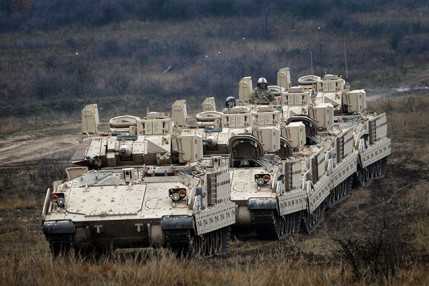
Photo: Tünde Rácz

